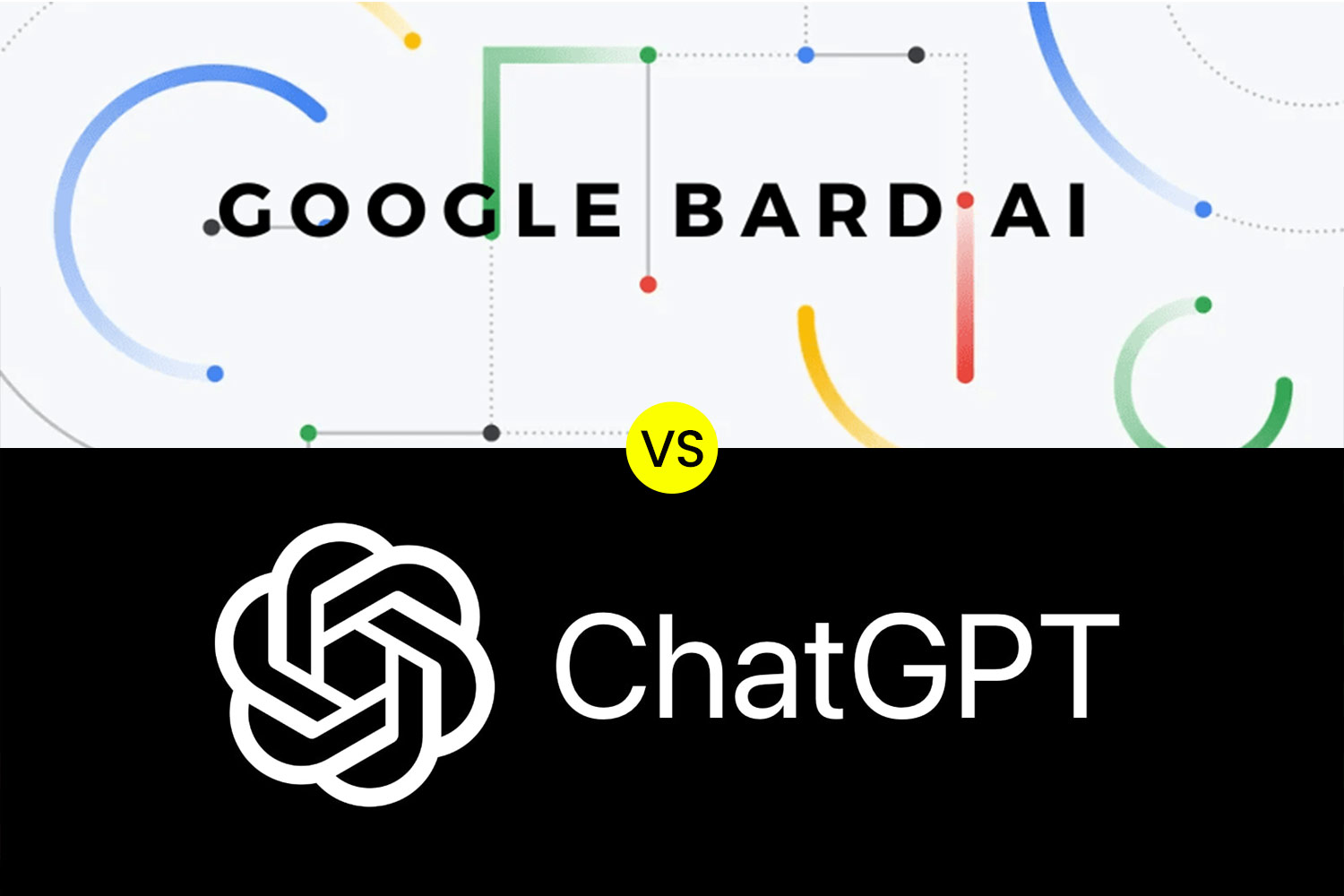Google I/O 2023 developer conference, Google fully open experience chatbot Bard AI. Natural language processing (NLP) is a rapidly growing field, with new technologies and products constantly emerging. Two of the most talked-about NLP models are Google’s Bard and OpenAI’s ChatGPT. While both models have their strengths and weaknesses, it is important to compare them to determine which one is more in line with future development trends and which one is more competitive.
Bard is a powerful NLP tool that has many advantages. One of its biggest strengths is its language generation capabilities. Bard can generate high-quality, natural-sounding text, including articles, stories, and news reports. This makes it a valuable tool for a variety of applications, such as intelligent customer service, automated writing, and machine translation. Bard also supports multiple languages, making it versatile and applicable in many different language environments. Additionally, Bard is efficient and can quickly generate text, which reduces the time and cost of manual text writing.
However, Bard also has some weaknesses. One of the biggest is its strong data dependency. While Bard can generate high-quality text, it requires a large amount of data to train. This may make it difficult for small businesses or research institutions to use Bard. Additionally, Bard lacks human emotional understanding, which means it may generate inappropriate or unsuitable content in some contexts.
ChatGPT is another powerful NLP tool that has gained popularity in recent years. Its biggest strength is its ability to understand context and generate human-like responses in conversation. This makes it a valuable tool for chatbots and virtual assistants. ChatGPT can also understand multiple languages and is relatively easy to train compared to Bard.
However, ChatGPT also has some weaknesses. One of the biggest is its lack of control over generated text. It can generate inappropriate or biased content, which can be a problem in some contexts. Additionally, ChatGPT is not as efficient as Bard and may take longer to generate text.
Both Bard and ChatGPT have their strengths and weaknesses, but when it comes to future development trends and competitiveness, Bard appears to have the edge. Its strong language generation capabilities, support for multiple languages, and efficiency make it a versatile and valuable tool for a variety of applications. While ChatGPT’s ability to understand context and generate human-like responses is impressive, its lack of control over generated text and slower processing time may limit its effectiveness in certain contexts.


Be First to Comment